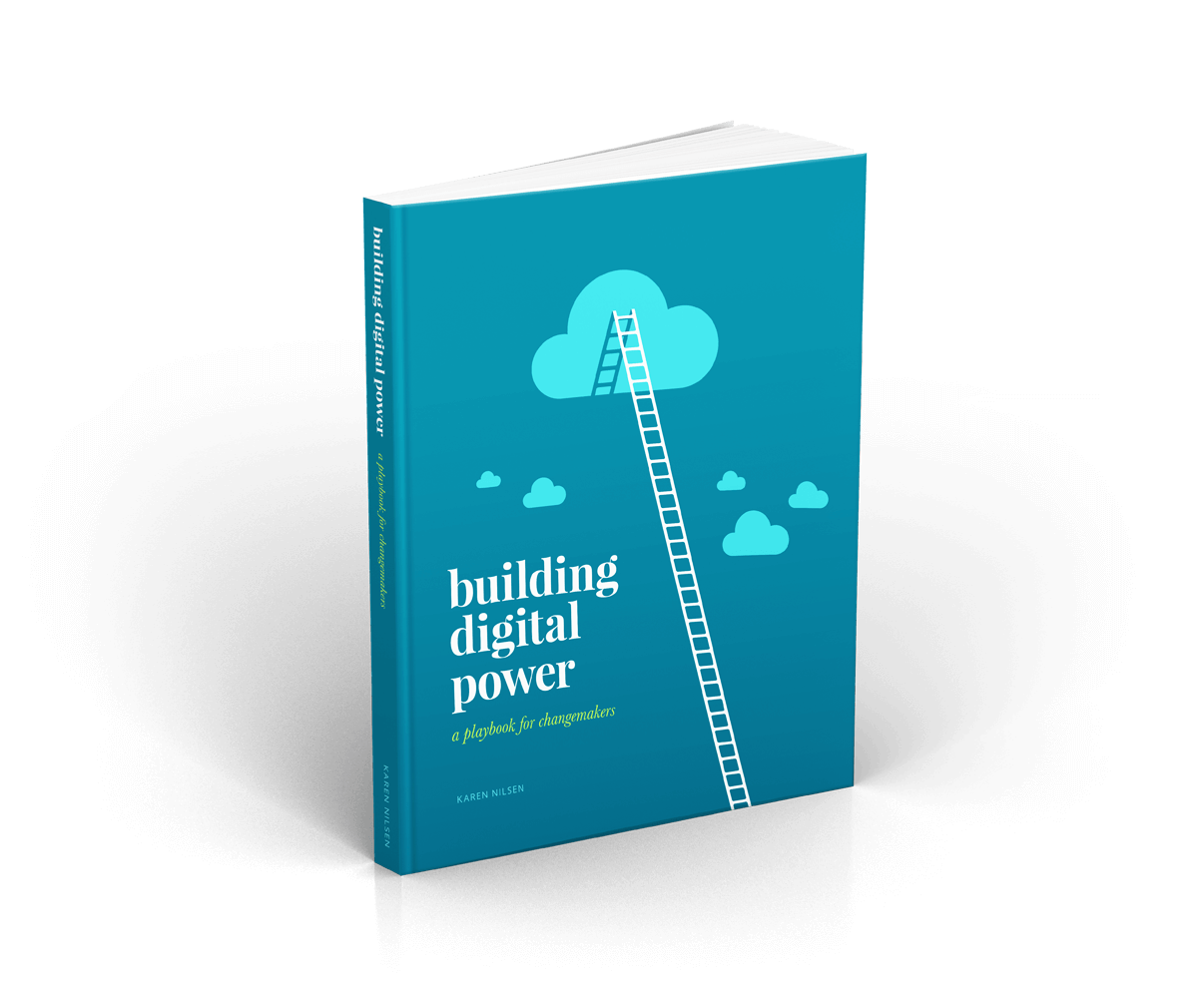Anatomy of an Action Email
It might seem too obvious to mention. But it’s critical that you’ve defined the objective of your email. Often, it’s to lead your supporter directly to a specific page. Let’s work with that.
Make your action step clearer and bolder than you think it needs to be
A clear writing style. A compelling theory of change. You’re off to a good start. But remember—most people don’t read emails from start to finish; they skim them. Make it easy for your supporter to do what you want them to do by leading them with visual cues. In this case, make your call-to-action (CTA) the most attention-grabbing element in your layout. By far. Make it bold. Make it bright. Repeat it.
You never know which part of your narrative will convince your supporter to click. Some people will be sold with a headline. Others will need more convincing. However much detail someone needs to be convinced, you’ll want to be ready and waiting with a CTA the moment they are. By using strategic formatting you can easily cater to the full spectrum of attention spans.
A typical action email structure
If your email follows a typical structure, it might flow something like this:
- Attention-grabbing headline
- Visual and/or CTA button
- Most compelling argument & theory of change
- CTA
- Backup arguments / movement story
- CTA
- Signoff and signature block
- P.S. (with CTA)
That’s four calls-to-action. Easy. Every part of this structure is pulling our reader towards our goal. And every CTA is a launch point that serves people at varying levels of interest.
How to build your own digital power, in 200 pages.
Free eBookHow many CTAs is too many?
It’s definitely possible to go overboard with CTAs. As you scroll through your email in a typical setting, you shouldn’t need to see more than one attention-seeking CTA within frame at any one time. More than this will feel pushy.
The key to CTA balance is this: every time you add a new layer of depth to your case—a compelling image; a supporting argument—you’re creating another ‘moment’ that could be the catalyst for your supporter to stop reading and start acting. In these moments, it helps to have a clickable CTA nearby. If there isn’t one, find a meaningful way to add one. CTA buttons will attract more clicks than CTA links—but aim for a mix. And use effective CTA language. This will create rhythm without feeling over-the-top.
Other structures
There’s no one way to structure an action email. The best structure will take into account: the nature of your narrative (will visuals play a big role?); the complexity of the issue (can people ‘get it’ quickly, or does it need explanation?); and the level of engagement of your audience (long structures only work for people who have time for you).
The poor-attention-span structure:
- Compelling visual
- Punchy one-liner
- CTA button
- Signoff and signature block
- P.S. (with CTA link)
The this-is-complex structure:
- Attention-grabbing headline
- Long narrative broken up by a series of compelling images and CTA links
- CTA button
- Signoff and signature block
The did-you-get-this structure:
- Brief email chaser
- Email reply headers
- Original action email
Whether your structure is long or short, ensure your CTA is a big part of it.
Was this tip useful?


Get a free weekly digital strategy tip:
Unsubscribe any time. We respect your data. View the privacy policy.
Like this tip? Share it!






